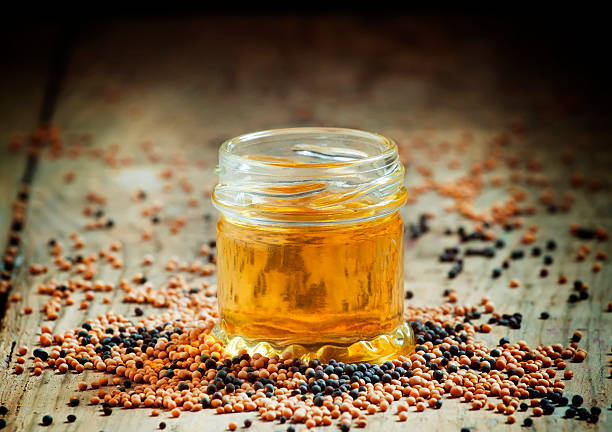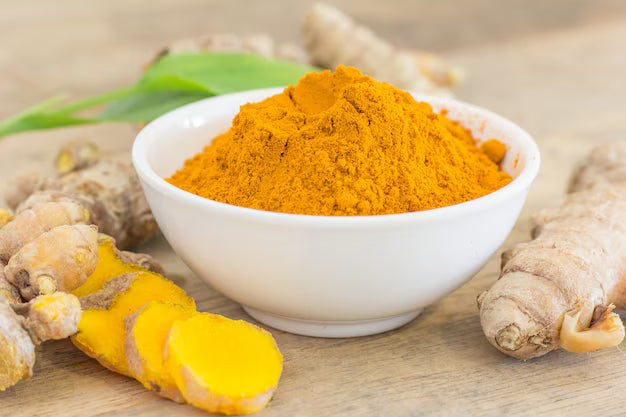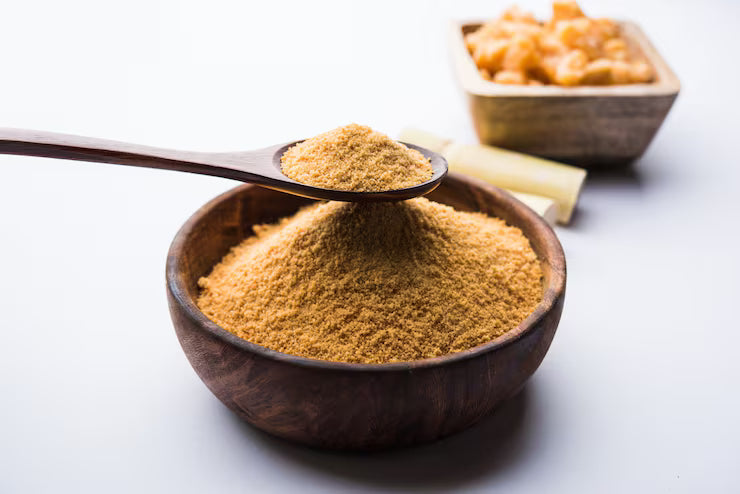Ayurvedic Path to Natural Weight Loss & Obesity Management

Understanding Obesity in Today’s Lifestyle
Obesity is no longer a fringe problem; it’s the norm for a significant share of the world’s population. In 2022, roughly 1 in 8 people were living with obesity, and adult obesity has more than doubled since 1990, while child and adolescent obesity has quadrupled. India mirrors this trend: national surveys and recent analyses highlight rising overweight/obesity across ages, with notable increases in children and adolescents over the past decade and a half.
From an Ayurvedic lens, Sthoulya (obesity) arises when Kapha and Meda Dhatu (fat tissue) increase disproportionately, often on the backdrop of Mandagni (low digestive fire) and Ama (metabolic waste). Calorie counting alone can’t fix root imbalances. Ayurveda emphasizes holistic correction of digestive strength (Agni), clean channels (Srotas), doshic harmony, mindful routines, and sustainable food and movement.
TL;DR – Ayurvedic Approach to Obesity & Weight Management
- Root Cause: Obesity (Sthoulya) stems from Kapha–Meda imbalance, weak digestion (Mandagni), and toxin build-up (Ama), not merely calorie excess.
- Ayurvedic Focus: Restores Agni, clears channels (Srotas), and rebalances doshas through detox, mindful eating, and daily rhythm.
- Key Remedies: Triphala, Medohar Guggulu, Lohasava, and Varanadi Kashayam support metabolism, digestion, and fat balance naturally.
- Diet & Lifestyle: Prefer light, warm, Kapha-pacifying meals; avoid day sleep; include yoga, brisk walks, and early dinners for balance.
- Holistic Results: Ayurveda ensures safe, sustainable weight loss — improving digestion, hormonal balance, and energy while preventing lifestyle diseases.
What Is Obesity According to Ayurveda?
Sthoulya / Medoroga is classified as a Santarpanotha Vikara, a disorder born from over-nourishment and inactivity. When Kapha aggravates, it obstructs Medovaha Srotas and slows Medo Dhatvagni (fat-tissue metabolism). The result is improper fat processing, heaviness, lethargy, and abnormal accumulation of Meda. Simultaneously, Vata may stimulate Jatharagni to increase appetite, but with poor cellular uptake and low expenditure, weight keeps rising. In short, obesity is not only “excess fat,” but impaired metabolic function driven by Kapha–Ama pathology.
At the core of Ayurvedic practices is a holistic approach, which holds that obesity is a factor of imbalances in the system - merely controlling calories will not correct it. The solution lies in:
1. Holistic correction of digestive strength (agni)
2. Unhindered flow of body processes or clean srotas (body channels)
3. Doshic balance
4. Mindful daily routines
5. Balanced meals, ideally sattvik food, and exercise or mindful movements
Ayurvedic Causes of Obesity
-
Poor digestion (Mandagni): weak enzymatic activity and sluggish bile/secretions lead to incomplete digestion and Ama.
-
Sedentary lifestyle: inactivity during Kapha-dominant times (6–10 am/pm) compounds heaviness.
-
Kapha-aggravating diet: heavy, oily, sweet, cold foods; overeating; irregular meal timing.
-
Mental/emotional factors: stress, tamasic routines (late nights, daytime sleep), and emotional eating create hormonal and behavioral loops that favor weight gain.
-
Other contributors noted in classical texts: hereditary tendency, excessive cheerfulness without restraint, lack of intellectual engagement—all of which reduce regulatory discipline around food and movement.
Natural Treatment for Obesity in Ayurveda
A comprehensive plan addresses detox, diet, digestion, movement, mind, and routine:
1. Detoxification (Langhana & Shodhana):
- Panchakarma protocols (as clinically indicated): Virechana (purgation), Basti (medicated enemas), and adjuncts like Udvartana (herbal powder massage) to clear Kapha–Ama and kindle Agni.
- Udvartana specifically “scrapes” (Lekhana) excess Kapha/Meda, improves microcirculation, and tones skin.
2. Dinacharya & Ritucharya (Daily/Seasonal Routines):
-
Early rising, no day-sleep, consistent mealtimes, lights-out by ~10 pm, and seasonal tweaks to counter Kapha accumulation.
3. Herbal Support (with practitioner guidance):
- Triphala (Agni, elimination, Ama clearance), Guggulu formulations (Lekhana, channel-clearing), and targeted churnas (e.g., Trikatu for Deepana-Pachana).
Best Ayurvedic Supplements for Weight Loss
Use under qualified Ayurvedic supervision; dose and duration vary by prakriti and comorbidities.
-
Triphala Churna: Supports digestion, elimination, and gut-microbiome harmony; helpful as a daily gentle detox.
Read the Complete Guide to Triphala for weight loss–> -
Medohar Guggulu / Navaka Guggulu: Traditional Lekhana actions for Kapha–Meda; often used for stubborn adiposity.
-
Lohasava: It aids metabolism and prevents excessive gathering of fat in the body, which may lead to unnecessary weight gain.
Vidangadi Lauh: By kindling agni and removing ama, it supports healthy metabolism and helps check fat accumulation. -
Aarogyavardhini: A powerful liver tonic that corrects the dhatu-parinama (proper transformation of tissues / dhatus), not just meda dhatu (fat tissue). Since faulty dhatu-parinama is a key factor in obesity, this formulation supports holistic balance and healthy weight management.
-
Varanadi Kashayam: With its kaphahar nature, this scrapes excess meda dhatu and promotes natural fat metabolism.
Also check out Top ayurvedic herbs that help in weight loss—>
Diet and Lifestyle in Ayurvedic Weight Management
1. Kapha-pacifying food principles:
Choose Laghu (light), Ruksha (dry), and Ushna (warm) foods. Reduce heavy Kapha-promoting items like dairy, fried snacks, sweets, and late-night meals.
2. Build your plate with balance:
-
Grains & legumes: Barley (Yava), millets, and old rice in moderation; pulses such as mung, lentils, and horse gram (Kulattha).
-
Vegetables & fruits: Favor leafy greens, gourds, and naturally bitter vegetables; fruits like apples, pomegranate, and pears are light, while very sweet fruits are best limited.
-
Spices to kindle Agni (digestive fire): Ginger, cumin, black pepper, cinnamon, turmeric, and mustard seeds enhance digestion and reduce Ama (toxins).
-
Herbal teas (ushna-pana): Simple blends of ginger, cumin, fennel, and coriander help relieve bloating and support healthy metabolism.
3. Ayurvedic food discipline (Ahara Niyama):
-
Eat only when true hunger is present. Stop before you feel full (around 75% satiety).
-
Have three proper meals daily, with madhyahn bhojana (lunch) as the heaviest meal, ideally between 12–1 pm when Agni is strongest.
-
Avoid unnecessary snacking or eating out of emotion or boredom.
4. Movement in line with Kapha balance:
-
A gentle walk after meals aids digestion and circulation.
-
Practice yoga or light exercise during Kapha kala (6–10 am / 6–10 pm) to counter heaviness and inertia.
-
Include simple strength or resistance practices 2–3 times a week to keep Meda Dhatu (fat tissue) in check and maintain strength.
Benefits of Ayurvedic Weight Loss Therapies
1. Safe and Sustainable Weight Loss
Unlike crash diets or chemical pills, Ayurveda focuses on natural herbs, diet, and lifestyle changes. This makes weight loss gradual, safe, and long-lasting without side effects.
2. Works on the Root Cause
Ayurveda doesn’t just look at fat as the problem; it corrects the imbalance of Doshas (especially Kapha), weak digestion (Agni), and toxin build-up (Ama) that actually cause weight gain.
3. Better Digestion and Mental Clarity
By improving digestive fire (Agni), Ayurvedic therapies reduce heaviness, bloating, and sluggishness. This also supports a clearer and calmer mind, as body and mind are deeply connected in Ayurveda.
4. Hormonal Balance
Ayurvedic herbs and therapies help regulate metabolism, blood sugar, thyroid function, and stress hormones, creating a natural hormonal balance that prevents abnormal fat accumulation.
5. Prevention of Lifestyle Diseases
By improving metabolism, reducing excess fat, and keeping digestion strong, Ayurveda naturally reduces the risk of diabetes, hypertension, heart disease, and joint problems that often accompany obesity.
Home Remedies and Daily Practices to Reduce Weight Naturally
1. Start Your Day with Warm Water
-
Drink a glass of warm water or lemon water/ triphala decoction first thing in the morning.
-
This helps flush out toxins, improves digestion, and boosts metabolism.
2. Use Spices to Boost Metabolism
-
Add ginger, black pepper, turmeric, cinnamon, and cumin to your meals.
-
These spices act as natural fat burners and improve digestion (Agni).
3. Triphala at Night
-
Taking 1 teaspoon of Triphala powder with warm water before bed helps detoxify the body, improve digestion, and support fat metabolism.
4. Honey and Warm Water
-
Mix a teaspoon of pure honey in lukewarm water and drink it on an empty stomach.
-
Honey has a “scraping” (Lekhana) effect on fat tissue and helps in gradual weight reduction.
5. Avoid Daytime Sleeping
-
Sleeping during the day increases Kapha and Meda (fat tissue), which slows metabolism.
-
Instead, stay active during the day and ensure a good night’s sleep.
6. Eat Light, Early Dinners
-
Have your last meal before sunset or by 7:30 pm.
-
Eating late at night causes Ama (toxins) and fat accumulation.
7. Regular Physical Activity
-
Engage in yoga, brisk walking, or light workouts, especially between 6 am – 10 am, the Kapha-dominant period, to burn fat effectively. Exercise should be done at half the strength of the individual's body capacity.
8. Udvartana (Herbal Powder Massage)
-
A simple home version can be done by rubbing dry Triphala or barley flour on the body before bathing.
-
This reduces excess Kapha, improves circulation, and tones the skin.
9. Fasting Once a Week
-
A light fast with warm soups, herbal teas, or fruits once a week gives the digestive system rest, burns stored fat, and removes toxins.
10. Mindful Eating
-
Avoid overeating, processed foods, and emotional eating.
-
Eat with awareness, chew food well, and stop when you feel 75% full.
11. Sleep at the right time
-
Late-night awakenings cause food cravings due to the disruption of leptin and ghrelin hormones, causing obesity.
Conclusion
Sustainable weight loss is a mind–body process. Ayurveda reframes obesity from “calories only” to Agni, Ama, and Kapha balance, placing digestion, daily routine, and mental steadiness at the center. Begin with light, warm, Kapha-pacifying meals, Triphala or appropriate Guggulu formulations under guidance, morning movement, adequate sleep, and periodic detox (as advised). Over weeks, you’ll notice lighter digestion, steadier energy, fewer cravings, and weight trending in the right direction.
Ready to personalize an Ayurvedic plan? Consult a Vaidya to tailor detox, herbs (Triphala/Medohar Guggulu, etc.), and diet to your prakriti and health goals. If you’re comparing options, start a 3–6 week Kapha-pacifying reset today to track waist, energy, cravings, and sleep for tangible, sustainable progress.
Balance Weight, Boost Metabolism — Explore Now!
FAQs
1. How effective is Triphala in weight loss?
Triphala, the classic formulation of three Ayurvedic herbs, has cleansing and fat-reducing properties. It promotes digestion, acts as a gentle detoxifier and colon cleanser, and removes toxins that block fat metabolism. Scientific studies also suggest Triphala may have properties that help control cholesterol and tackle obesity.
2. Can Ayurveda cure obesity permanently?
Yes, Ayurveda can help manage and even reverse obesity, but “permanently” depends on maintaining balance. Ayurveda corrects the root causes of obesity weak digestion, toxin build-up, Kapha imbalance, and poor lifestyle habits. Panchakarma, herbal medicines, diet correction, and lifestyle practices bring the body back into balance. If the person continues to follow Ayurvedic guidelines, weight can be maintained permanently. But if old habits (overeating, day sleep, lack of exercise) return, obesity can reappear.
3. Is Ayurveda safe for long-term weight management?
Ayurveda uses natural herbs, foods, and therapies rather than synthetic chemicals or crash diets. Therapies like Triphala, Guggulu, Vidangadi Lauh, and lifestyle practices can be followed safely for months or even years .Unlike modern weight-loss pills that may cause weakness, Ayurveda focuses on strengthening digestion, metabolism, and immunity, so it is safe and sustainable.
4. What is Kapha dosha, and how is it linked to obesity?
Kapha is one of the three doshas in Ayurveda, a type of bio energy responsible for structure, stability, lubrication, and growth in the body.
In balance, Kapha gives strength, stamina, and immunity.
When aggravated (due to heavy food, inactivity, oversleeping, etc.), Kapha becomes excessive and sticky, leading to sluggish digestion and metabolism, which in turn causes fat accumulation, lethargy, heaviness, and water retention.
Popular Posts

बच्चों-बड़ों के लिए आयुर्वेदिक अस्थमा उपचार | Maharishi Ayurveda
11 Dec, 2025अस्थमा को फेफड़ों का रोग या lungs disease कहा जाता है। इस बीमारी में बच्चों और बड़ों के श्वासनली मे...
Read more
Managing Kidney Stones with Ayurveda
11 Dec, 2025Ayurveda believes that by balancing the doshas, detoxifying the body, and strengthening the kidne...
Read more
Panchakarma Therapy – Treatment Steps and Benefits
10 Dec, 2025What is Panchakarma? Panchakarma is considered a profound healing modality in Ayurveda, known ...
Read more

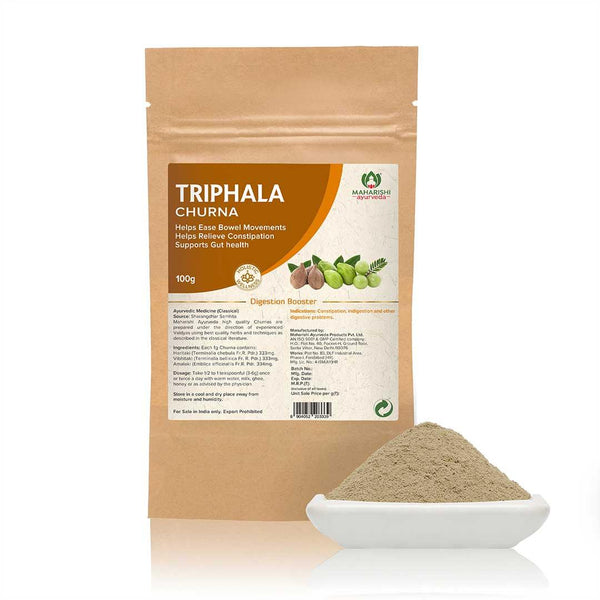
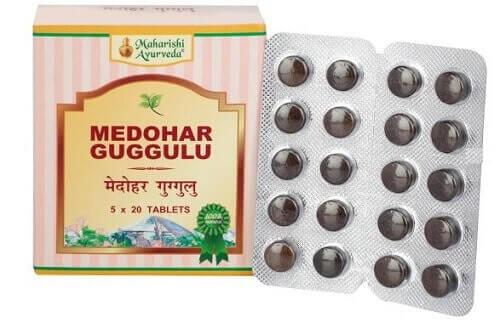
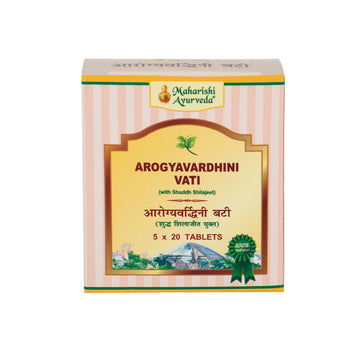




 Popular Read
Popular Read



























